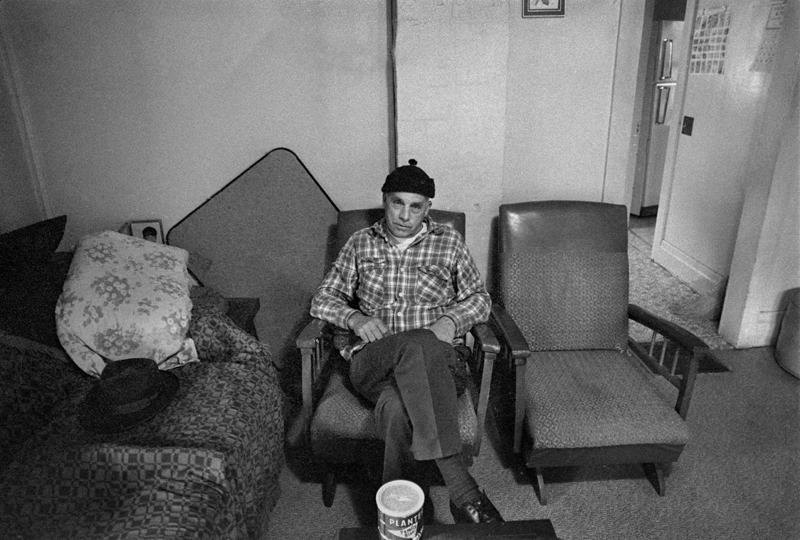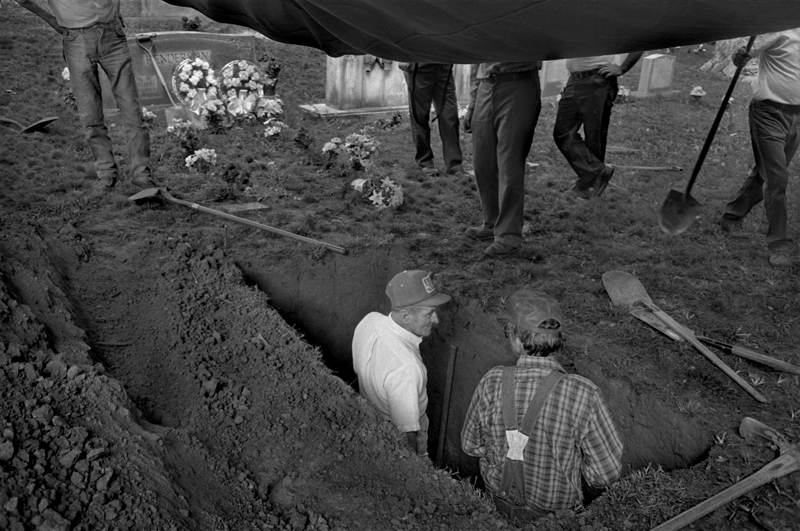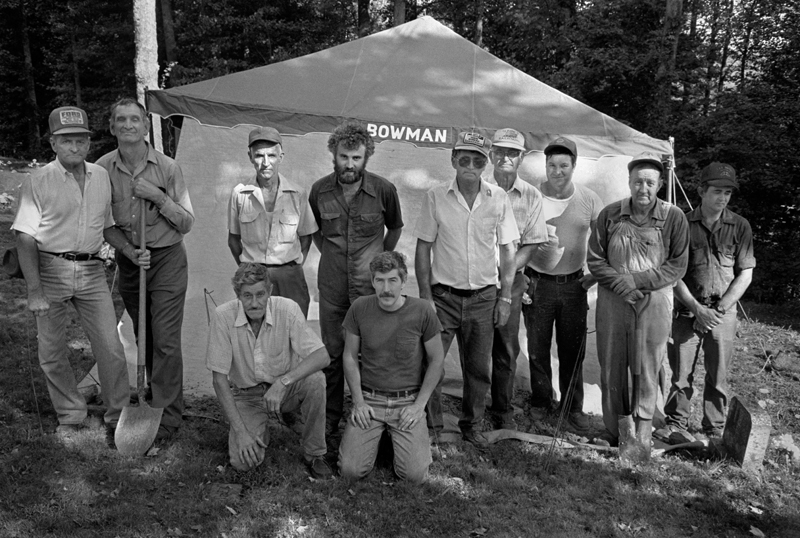
John Henderson at Home, Big Pine, 1978
I almost didn’t recognize him in the grocery store. After I moved from the community four years earlier, I lost touch with many of my neighbors on Big Pine – John Henderson among them. There were a couple of years before my divorce and move when I saw John most every day - helping him with tobacco, mostly, but also socializing together on many occasions. He was older, a local man, a tobacco farmer who was also a substitute driver at the post office. During World War Two he was in an engineer battalion at the Battle of the Bulge, in front of the front lines. He was tough, strong man with unlimited stamina. He enjoyed hanging out with the new people in the community, the hippies, and he loved to work.
But here in the grocery store was a spent man – his face and frame gaunt and hollow, while his stomach extended like a ripe melon. He would have been about 70 years old then, not young after a lifetime of work, but he moved with the gait of someone beat down. It had been some years since we had spoken and I asked what was going on with him. “It’s the cancer,” he said. “They say I likely got it from all that sprayin’ I did for the tobacco and other stuff. All them chemicals.” It wasn’t long after that conversation that I got word he had died.
 Digging John Henderson's Grave, Big Pine, 1988
Digging John Henderson's Grave, Big Pine, 1988
A group of men gathered at the graveyard one morning to dig his grave. It’s a very precise endeavor, grave digging, and there were men there who knew how to do it – the squaring and leveling, and the deliberate work of digging. Others stood around talking, waiting their turn at the shovel. The talk was of John and his commitment to the community. He wasn’t a churchgoing person, but he was always ready to pitch in or lead when something needed doing – kind of an individual neighbors-in-need program. The men talked about that. What they liked about him. His character. Funny stories. Sad stories.

At the Worley Cemetery, Big Pine, 1988
From the left, front, McKinley Massey, Jim Woodruff. Rear, George Marler, Cylde Anderson, Clyde Randall, Randy Fowler, Robert Buckner, Unknown, Alan Payne, Earl Roberts, Jerry Anderson
John would have enjoyed the mix of work and talk and the words being spoken by his neighbors - people he had lived with his entire life. I remember thinking how deeply intimate and spiritual this act was – the digging and handling of the earth John would be buried in. And also, how fortunate we were to live in a place where those rituals remain - men gathering, offering their backs and their memories to John one last time. Funerals remind us of our mortality; grave digging even more so. As everyone gathered for this photograph, we were aware that at some point in the future we, too, would no longer be in the picture, but would only exist in the memories of our friends.




